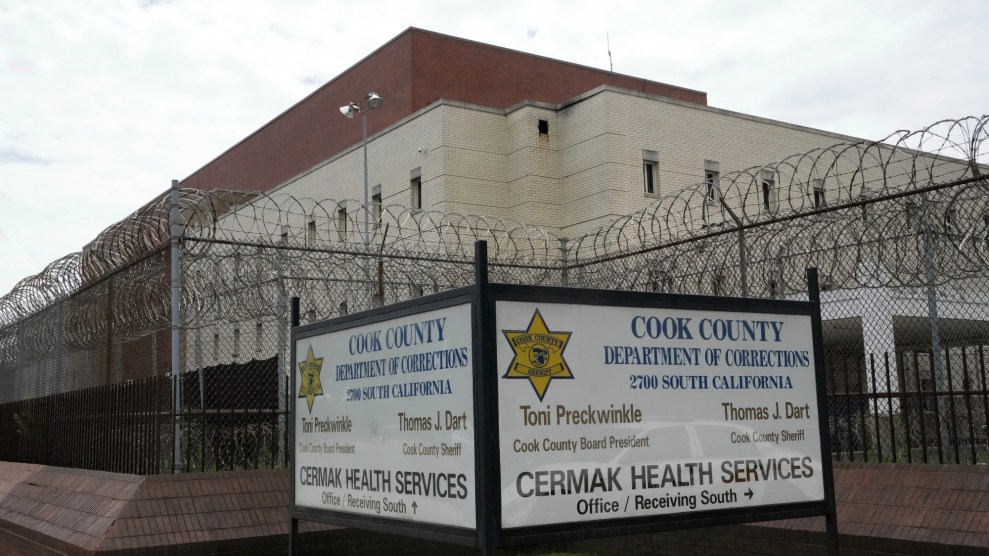Mark Kleiman points me today to a critique from criminologist Phil Cook of the lead-crime hypothesis. Unlike some others, however, this is a sensible one:
Even a fairly casual glance at the data demonstrates that whatever the cause of the crime surge, and then the crime drop, it was not associated with particular cohorts. It was an environmental effect — 10 cohorts were swept up in the crime surge simultaneously, and the drop has the same correlated pattern.
There is a natural inclination to assume that the reason the murder rate is increasing is because there are more murderers, and the reason we have fewer is that there are fewer murderers. It’s not that I rule out such explanations — I’m open to the idea of lead removal and abortion legalization — it’s just that I don’t think it explains the actual pattern of the youth violence epidemic, either up or down. More generally, my instinct is to look to the social and economic environment to explain large shifts in population outcomes.
Cook is arguing that because ambient lead levels changed over time (rising from 1945-70 and then falling after that), different age cohorts were affected differently. This means we should see different crime rates from different age groups. In fact, we see rises and then falls in lots of cohorts at the same time.
I’ve scanned through Cook’s paper (originally published in 2002) but I haven’t read it thoroughly. However, it’s focused primarily on the mid-80s through the mid-90s, which might skew things since there are quite a few age cohorts during that era which suffered from pretty severe childhood lead poisoning. It’s also worth pointing out that lead poisoning affected every age cohort born from about 1950 through 1980, and the differences in lead exposure between those cohorts are significant but not overwhelming. The crime wave that started in the 60s got steadily worse through the early 90s not just because 18-year-olds got progressively more poisoned (though they did) but because more and more age cohorts were suffering the effects of childhood lead exposure at the same point in time. In other words, seeing a rise and fall in multiple age cohorts is about what you’d expect to see if the lead hypothesis is correct.
That said, I’d emphasize, as I often do, that crime is a complex affair and lead is only a part of the story. We shouldn’t expect any single theory to explain the data perfectly. There are just too many moving parts for that.
In any case, don’t take my response to Cook’s critique too seriously. I’m an amateur, and it needs attention from experts who can evaluate his argument more rigorously. However, a few days ago I was complaining about the low quality of critics of the lead hypothesis, and now I have a high-quality critic. So I wanted to pass it along.










